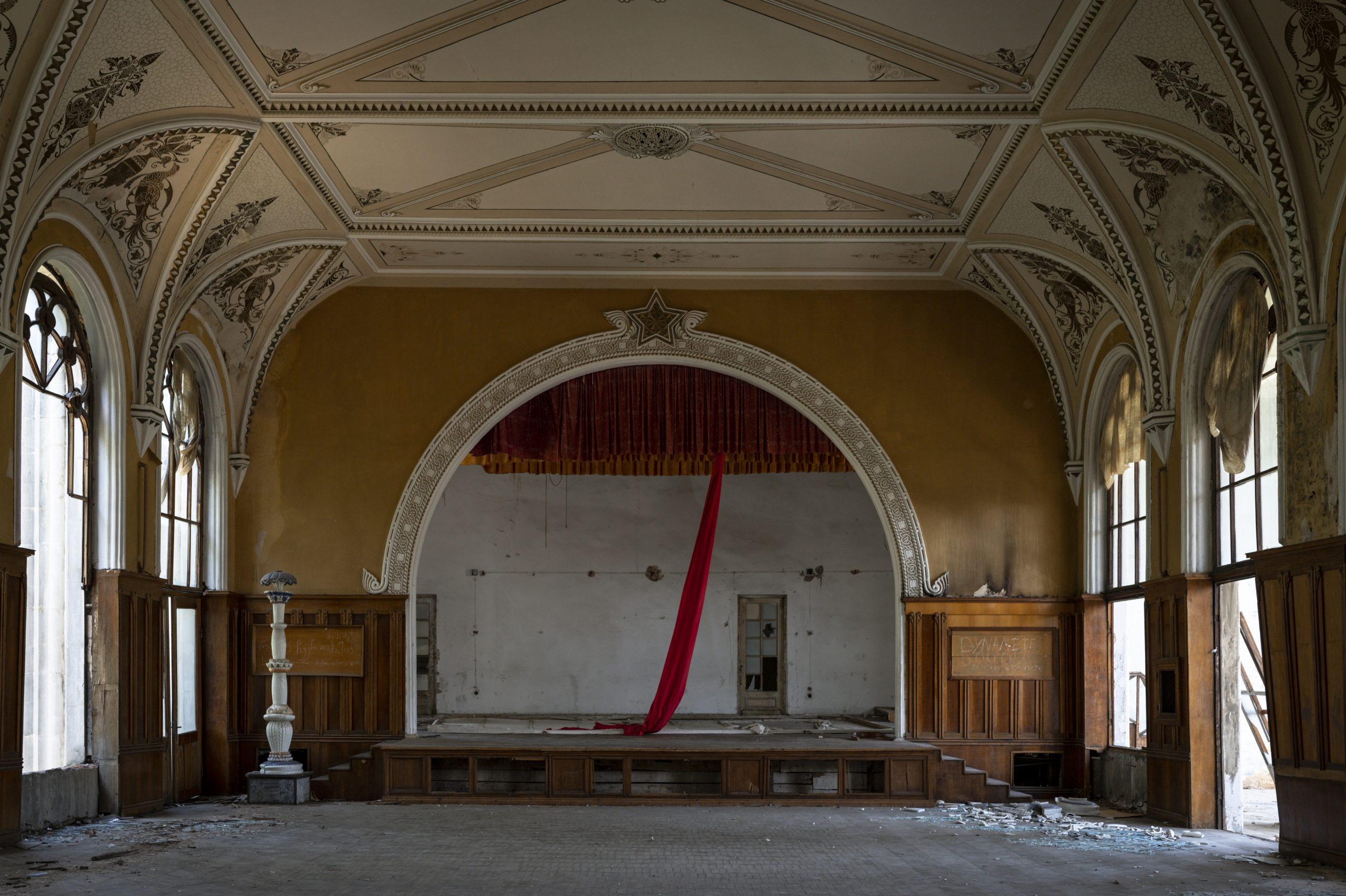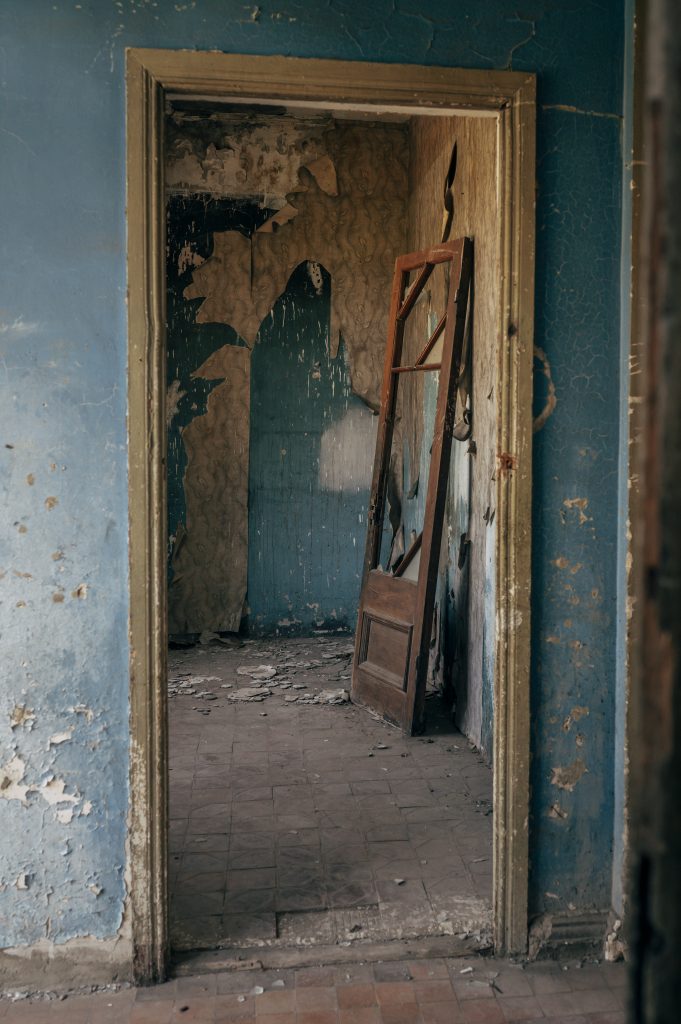And again we left the mountains behind. This time not to travel directly to Tbilisi but to travel back to Tskaltubo. Well, we also tried to get into Abkhazia but that seemed more difficult than we thought.
Abkhazia
A Georgian region but not really. Even though most countries recognize this state as part of Georgia, it isn’t really. Abkhazians themselves view this region as an autonomous republic and being occupied by the Russians one needs special authority to travel there. And also a PCR test. So we couldn’t visit, which really is a bummer because even though most Georgians tell you it isn’t a safe place, it is a beautiful place. We also really wanted to visit because we will meet some Abkhazian Georgians the coming days in Tskaltubo.
Working in Tskaltubo
But, when the border police – who are very very nice btw – say you can’t enter, you cannot. Thus, we continued our trip to Tskaltubo, where we will stay for a couple of days and work with Niniko.
Ok, before Tskaltubo we actually stayed at a wonderful place in the middle of grass land for cows, sheep, horses and us. Also many mosquitos because it was near a river. It felt for a second like we were in The Netherlands: flat lands, cattle and water. But then with 35 degrees Celsius, which in The Netherlands doesn’t often happen.
The next morning we left early before all the sweat would drain our bodies, but not before a cute farmer could give us some tomatoes and cucumbers. So kind, so sweet. We couldn’t understand each other at all but who needs languages when you have arms and legs, right?
Back to working in Tskaltubo. We met Niniko, our translator for the coming two days, and got to work immediately. The plan is to meet the displaced people who live in the old Sanatoriums here, listen to their stories and photograph them.
The waters of immortality
Tskaltubo is a spa resort in Western Georgia. It is known for its radon-carbonate mineral springs, whose natural temperature of 33–35 °C (91–95 °F) enables the water to be used without preliminary heating. Tskaltubo was especially popular in the Soviet era, attracting around 125,000 visitors a year.
In 1950-1951, architects I.Zaalishvili and V.Kedia prepared a project plan for the town where sanatoriums form a circle around a park, recreation and balneology facilities. Tskaltubo was divided into the following zones: balneological, sanitarian and living.
Visitor numbers to Tsqaltubo dwindled after the dissolution of the Soviet Union, and currently the spa town only receives approximately 700 visitors a year. Since 1993 many of the sanatorium complexes have been devoted to housing some 9000 refugees, primarily women and children, displaced from their homes by the conflict in nearby Abkhazia.
The conflict in Abkhazia
In 1992 a war broke out between Georgia and Russia or Georgian Abkhazians and Abkhazians. The Abkhazians did not want to be part of Georgia, they wanted to be independent and have their own Republic.
The Abkhaz–Georgian conflict involves ethnic conflict between Georgians and the Abkhaz people in Abkhazia, a de facto independent, partially recognized republic. In a broader sense, one can view the Georgian–Abkhaz conflict as part of a geopolitical conflict in the Caucasus region, intensified at the end of the 20th century with the dissolution of the Soviet Union in 1991.
The conflict, one of the bloodiest in the post-Soviet era, remains unresolved. The Georgian government has offered substantial autonomy to Abkhazia several times. However, both the Abkhaz government and the opposition in Abkhazia refuse any form of union with Georgia. Abkhaz regard their independence as the result of a war of liberation from Georgia, while Georgians believe that historically Abkhazia has always formed part of Georgia.
During the war the Abkhaz separatist side carried out an ethnic cleansing campaign which resulted in the expulsion of up to 250,000 and in the killing of more than 5,000 ethnic Georgians. The conflict lasted for 13 months beginning in August, 1992.
Displaced people from Abkhazia
The people who fled the war in Abkhazia were given temporarily residents at the sanatoriums in Tskaltubo. It’s now 29 years later and most (not all) still live in these sanatoriums. We’ve been to the sanatoriums last time we were here, but this time we have a translator with us so we can actually talk with the people living here.
As a documentary photographer focusing on social issues and human migration this is a very interesting story. Especially knowing that these sanatoriums where the people live in aren’t really livable. The story goes that the Georgian government does want to relocate the people. Not really because of the horrific conditions the people live in but mainly because they want to revive the town.
We met such nice people here who shared their stories with us. Which won’t be shared on this blog but keep an eye out for the stories on my professional Instagram account.
Love, Milene & Yuri





